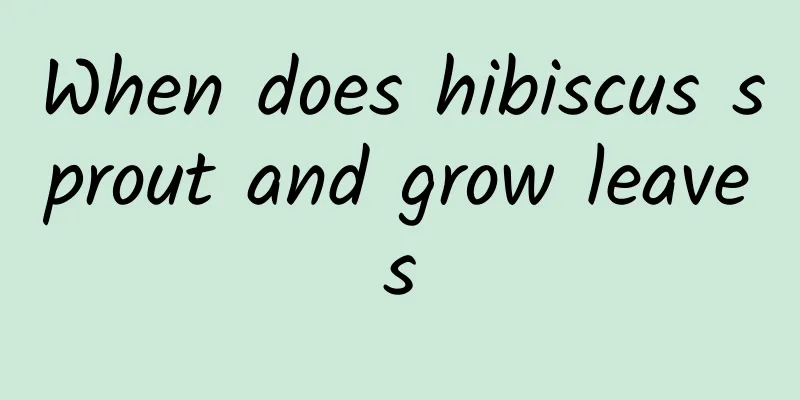If you come across these two kinds of "waste", take some home. The plants will benefit from eating them as coarse leaf fertilizer!

|
Winter has quietly entered the cold winter stage. Huahua knows that it is really not easy to grow flowers in winter. If you want the plants to survive the winter smoothly and healthily, you need to spend some time and effort. Today, Huahua is here to bring benefits to the plants that have been overwintering! We know that the plants will be frozen in winter, but it doesn’t matter, just throw some “peanut meal” into the pot! This peanut meal contains the essence of peanuts and is therefore nutritious for plants. Burying it in the soil can fully replenish the energy of plants! The method of use is also relatively simple. Just break the peanut meal into pieces and bury it in the soil. If you feel that the effect is not enough, you can also put it together with the leftover fruit peels in a sealed jar and ferment it. After the fermentation is successful, you can use it on the plants. The frequency of use for plants does not need to be too high. Generally, it is sufficient to use it once a month. Use it on the plants for two or three months. During the growth period, the plants will grow rapidly and you cannot stop it! After talking about peanut meal, Huahua will give you another tip. Soybean dregs are also very suitable for use as fertilizer for plants! Soybean dregs are the residue left over from making tofu. If they are thrown away, they will be thrown away anyway. Why don’t we talk to the tofu seller and buy some to plant flowers! Put the soybean dregs in the sun to dry, then put them in the soil. After the plants absorb them, the nutrients can be converted into nitrogen fertilizer! If it is inconvenient for you to use soybean dregs, Huahua suggests that you can also make some soybean water by yourself. Cook the soybeans and water together, seal them after cooling, and place them in a warm place, such as under the sun. Then ferment them for a while. After fermentation, they can also be used to water the flowers. Plants will no longer be afraid of the cold winter after eating them! These two kinds of fertilizers are commonly found in households. If you don’t have peanut meal and soybean dregs, you can find other things to replace them, such as peanut skins, peanut kernels, soybeans, etc. They all have the nutrients that plants like, but they just exist in a different form! Use these two kinds of waste materials on flowers in winter, and the plants will grow vigorously! There are many things that can supplement fertilizer for plants in winter, so be careful to discover them! |
Recommend
Can poppy seedlings be eaten as vegetables? What will happen if you eat them?
1. Can it be eaten as a vegetable? Poppy seedling...
What to do if the aloe vera leaves curl up
1. Caused by excessive watering If you water it f...
Why doesn't the African violet bloom?
Reasons why African violets do not bloom The infl...
These "3 types" of domestic wastewater are treasures. Use them to "water the flowers" and the flowers will grow lush and full of life!
1. Expired milk Many people have the habit of dri...
Treatment of yellow diarrhea in suckling pigs in summer
Yellow scour of suckling pigs, also known as earl...
The Flower Language of the Evening Bloom
The Flower Language of the Evening Bloom The even...
Do cherry trees like water or drought?
Do cherry trees prefer moisture or drought? The c...
Why do so many people grow leaves instead of flowers?
Colorful pineapple Everyone must have seen orname...
Differences between Populus euphratica and Pinus sylvestris
1. Differences in the trunk The trunk of Populus ...
Does June Snow prefer shade or sun?
Does June Snow prefer shade or sun? June snow is ...
What to plant on one acre of land to earn 100,000 yuan (list of 4 kinds of profitable crops suitable for planting)
Given the current market situation, there are man...
What fertilizer is best for orchids? What fertilizer should be applied to orchids to make them bloom?
Many people like to grow orchids because they thi...
What to do if Monstera grows too big
What to do if Monstera grows too big The stem of ...
Reasons why cyclamen leaves turn yellow, first aid for yellowing leaves
1. Too much light Reason: When growing cyclamen, ...
When is the best time to plant cherries?
Cherry planting time Cherry belongs to the genus ...









